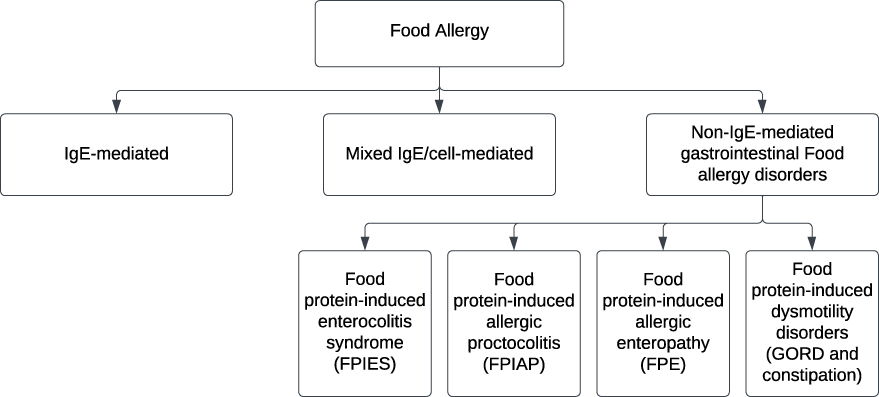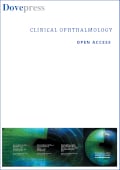Kamath SD, Bublin M, Kitamura K, Matsui T, Ito K, Lopata AL. J Allergy Clin Immunol. 2023 Mar 15:S0091-6749(23)00148-3. doi: 10.1016/j.jaci.2022.12.827.
Abstract: Allergenic cross-reactivity among food allergens complicates the diagnosis and management of food allergy. This can result in many patients being sensitized (having allergen-specific IgE) to foods without exhibiting clinical reactivity. Some food groups such as shellfish, fish, tree nuts, and peanuts have very high rates of cross-reactivity.
In contrast, relatively low rates are noted for grains and milk, whereas many other food families have variable rates of cross-reactivity or are not well studied.






